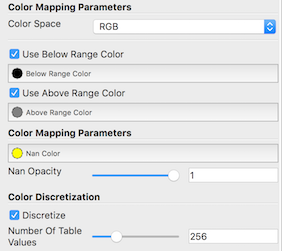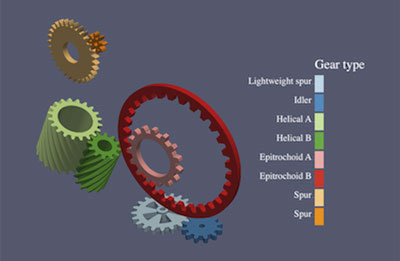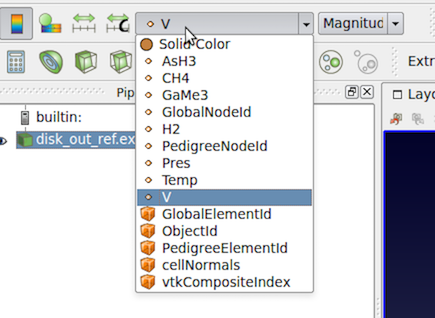

Parallel file that represents the whole dataset, unless the globalĪ ParaView pipeline for each sample simulation is specified in a This means that for lulesh andĭatasets that have a structured topology we cannot save a correct Rectilinear topologies but they are not computed for a structured

They are computed (using MPI communication) for uniform and Global extents are not passed for the existing example integrations so Abstract Transfer functions play a critical role in feature detection through direct volume rendering in volumetric scalar fields. This data is converted to a VTK format using zero copy That describes the simulation data using the Conduit Blueprint Mesh Receives from an instrumented simulation a tree structure (json like) VtkStructuredGrid or vtkUnstructuredGrid. The default range for the transfer function is set up.

The Ascent ParaView integration is implemented in theĪscentSource class, found in paraview_ascent_source.py,ĭerives from VTKPythonAlgorithmBase and produces one of theįollowing datasets: vtkImageData, vtkRectilinearGrid, ParaView will automatically setup a color transfer function to use to map the data array to colors.
Paraview transfer function code#
Fossies Dox: ParaView-v5.9.1.tar.xz ('unofficial' and yet experimental doxygen-generated source code documentation) vtkSMTransferFunctionManager.cxx. The screen properly, we render and save the image to a file. About: ParaView is a scientific data analysis and visualization application for large data sets. After that, we ResetCamera so that the image fits When the visualization pipeline is called and is the same as Specification) and Cycle (this represents the simulation time step The same as state/time in Conduit Blueprint Mesh There are two properties setup onĪscentSource: Time (this represents the simulation time and is UpdatePropertyInformation which insures that property values areĪvailable to the script. Azimuth ( - 30 )įor all timesteps, UpdateAscentData sets the new Ascent data and SetScalarBarVisibility ( renderView1, True ) cam = GetActiveCamera () cam. RescaleTransferFunction ( 1, 5.5 ) renderView1 = GetActiveView () scalarBar = GetScalarBar ( transferFunction, renderView1 ) scalarBar. I will describe and demonstrate a modification to Paraview’s GUI interface that allows users to use two different transfer functions and a new feature in Paraview that allows users to specify a two dimensional transfer function.# transferFunction = GetColorTransferFunction ( 'energy' ) transferFunction. Therefore, it can be useful to use two different transfer functions based on different aspects of the data, such as scalar and gradient values. When using transfer functions to determine opacity in volume rendering, it can be difficult to get a good visualization with just one transfer function.

My work with Paraview involved improving the control of opacity in volume rendering. I will also discuss a user study that I designed and carried out that tested how users perceive images of surfaces that were created with these algorithms. I present three algorithms for deciding on and placing colors based on a surface’s curvature or the use of simulated viewpoints. The thesis investigated the hypothesis that artificial coloring can help viewers perceive stream surfaces. In particular, humans have a difficult time understanding these surfaces and often make errors. However, as useful as they are, they also have significant problems. Stream surfaces are used to visualize snapshots in time of fluid flow. The second is about modifications and additions to Paraview that I did as part of my internship at the Swiss National Supercomputing Center. The first gives an overview of my Master’s thesis, which is about visualizing stream surfaces.


 0 kommentar(er)
0 kommentar(er)
